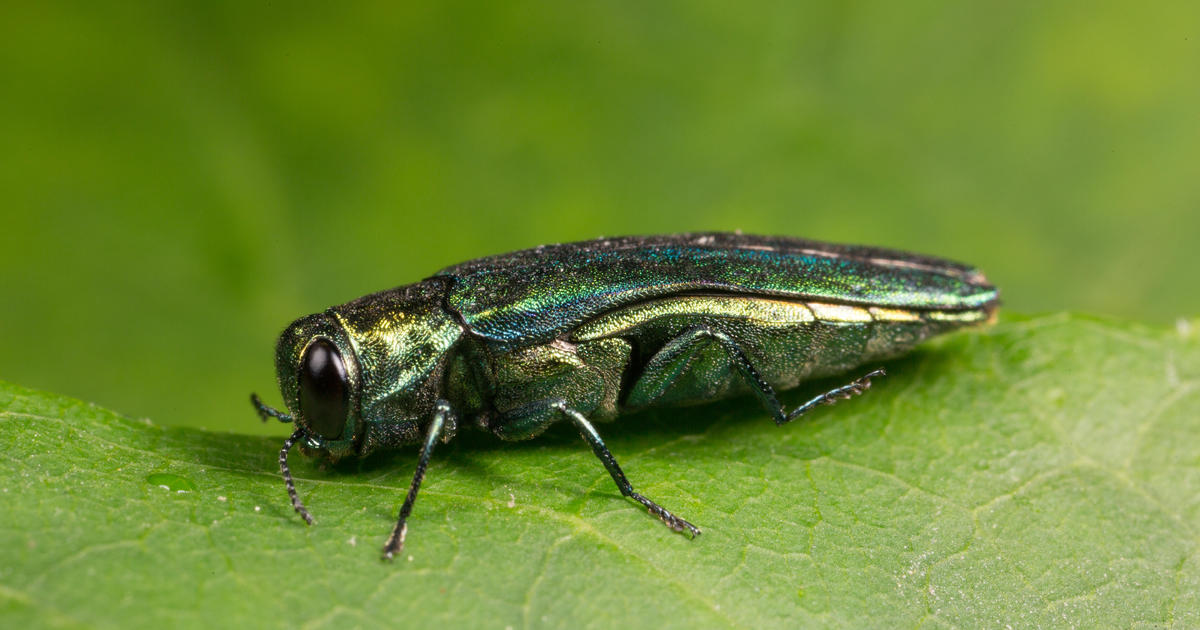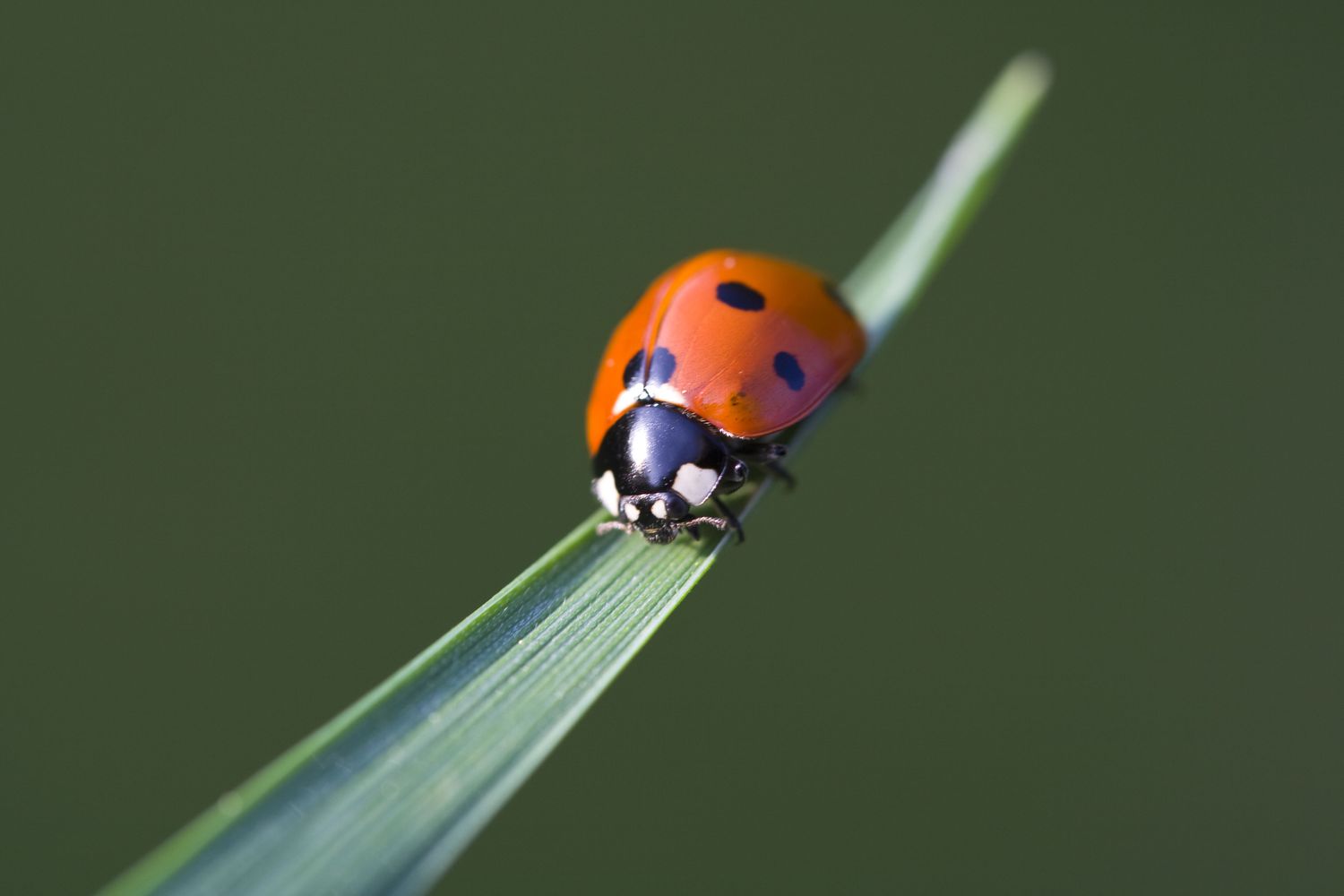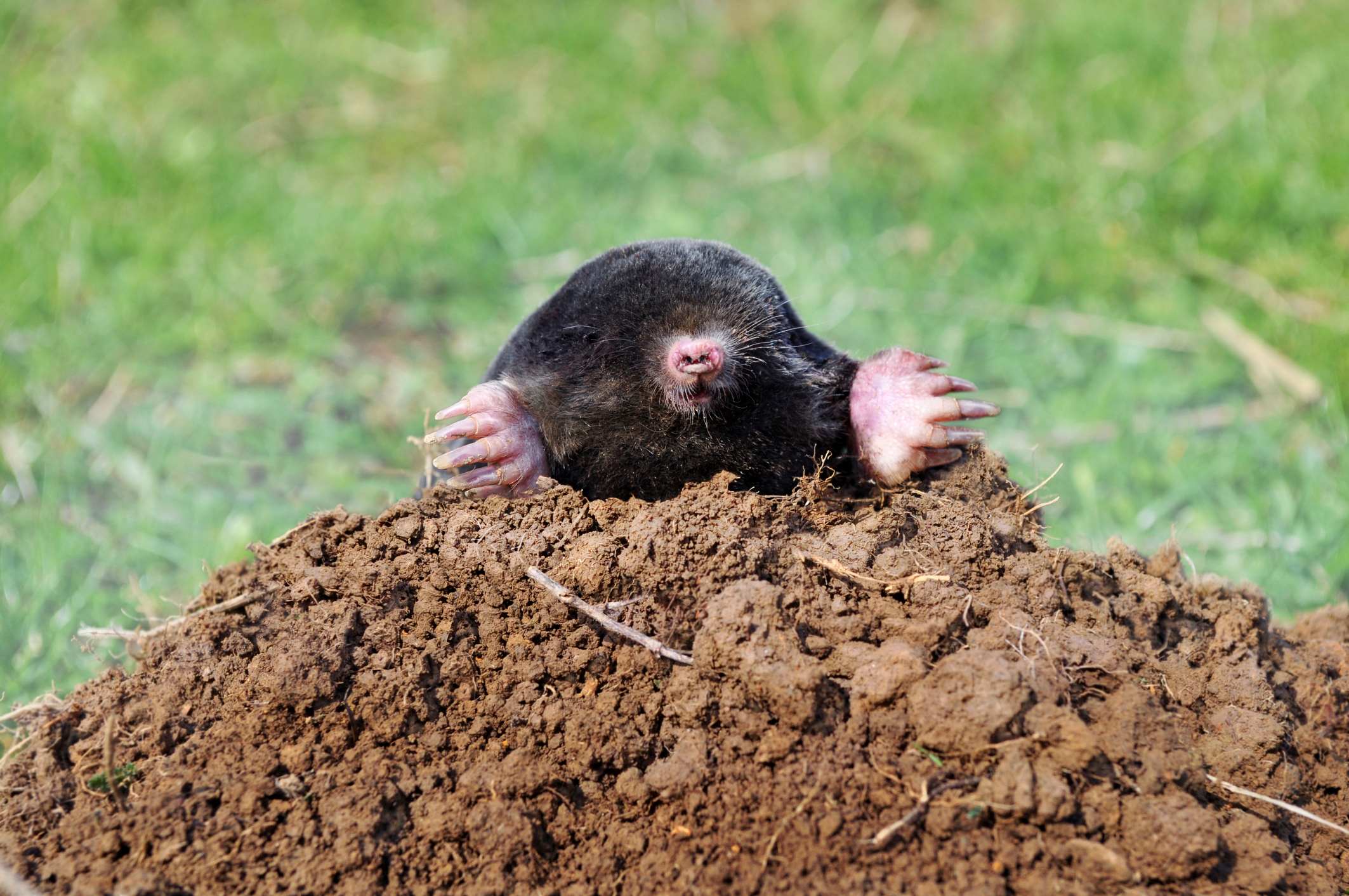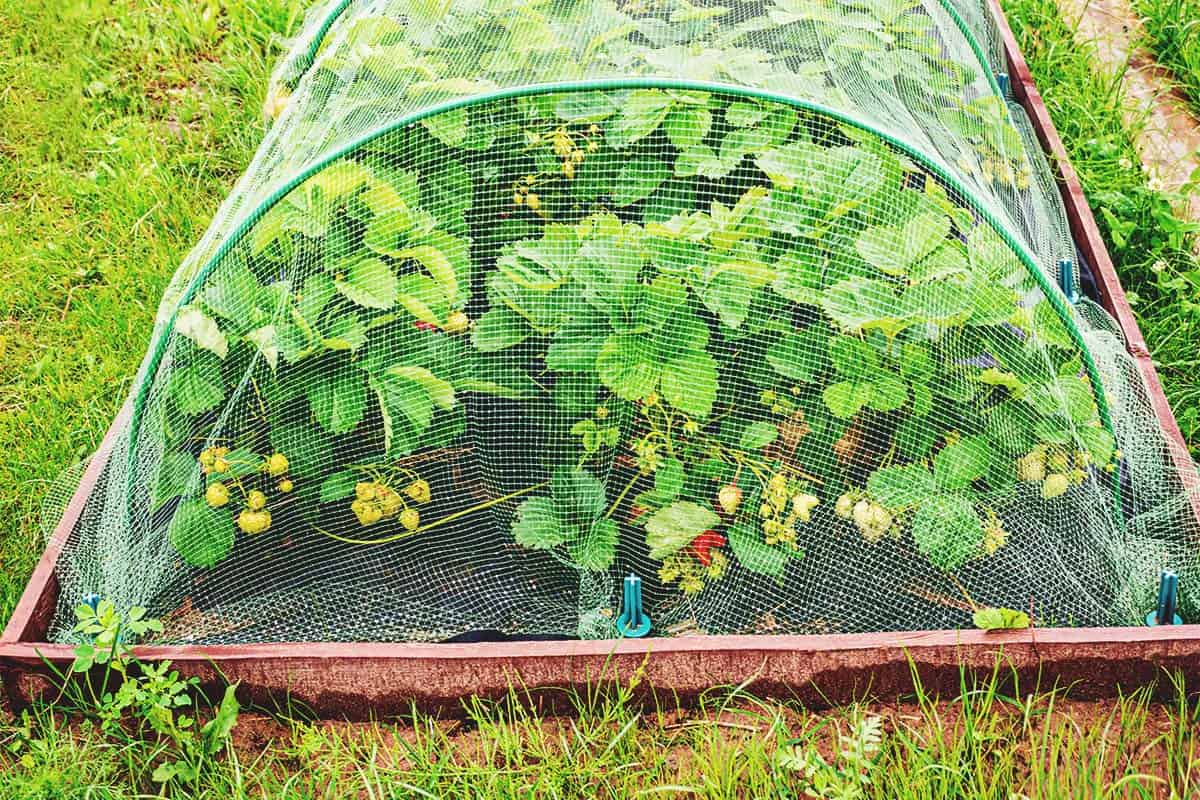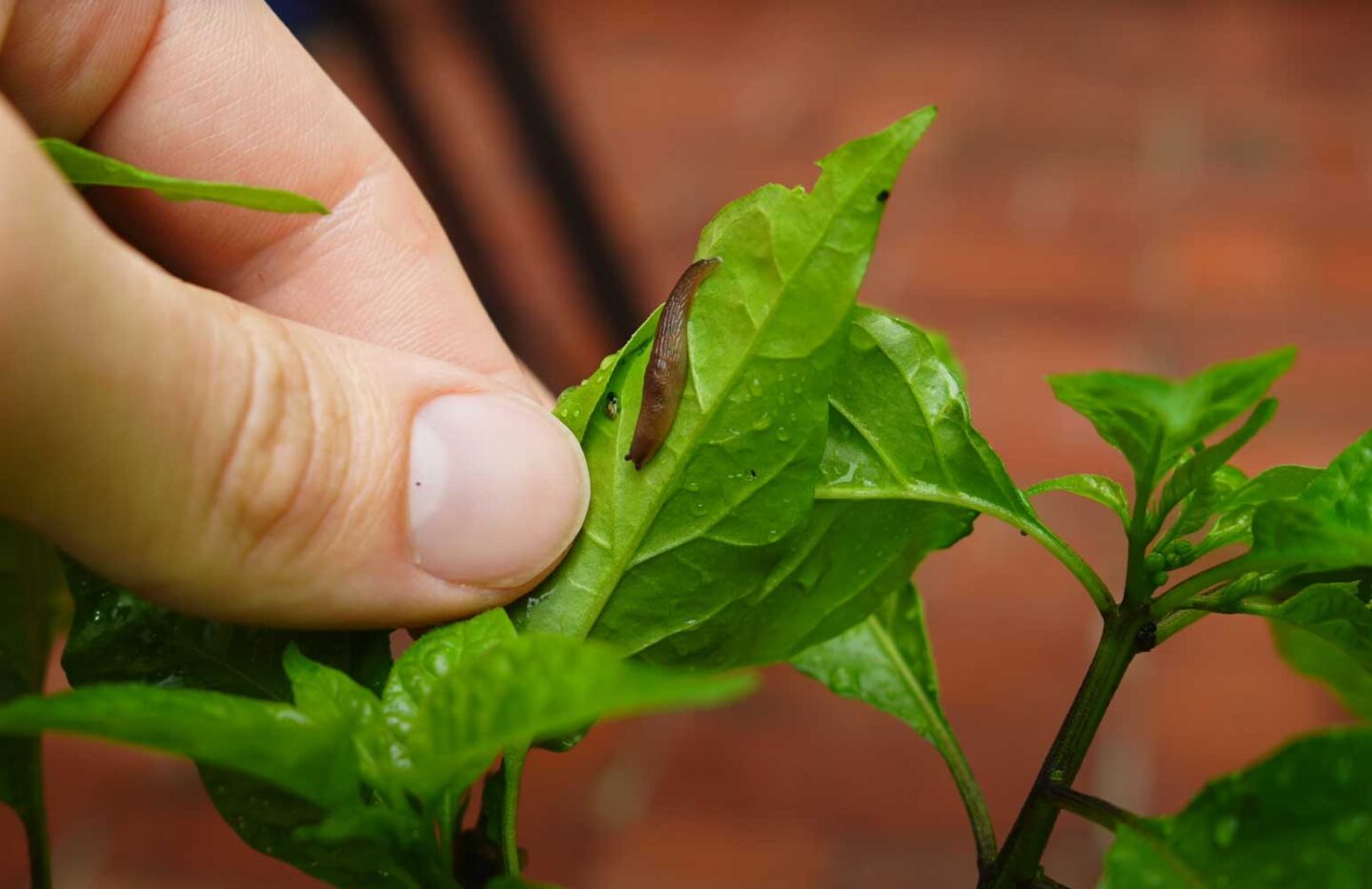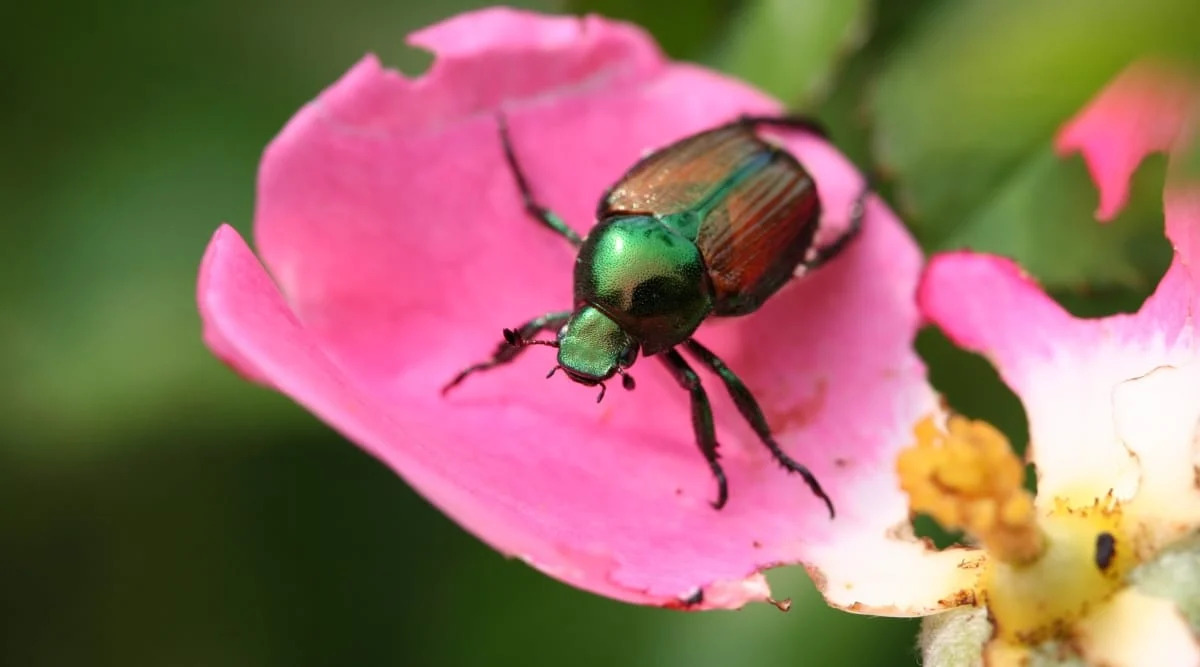Home>Gardening News and Trends>Latest News>What Animal Eats Trees
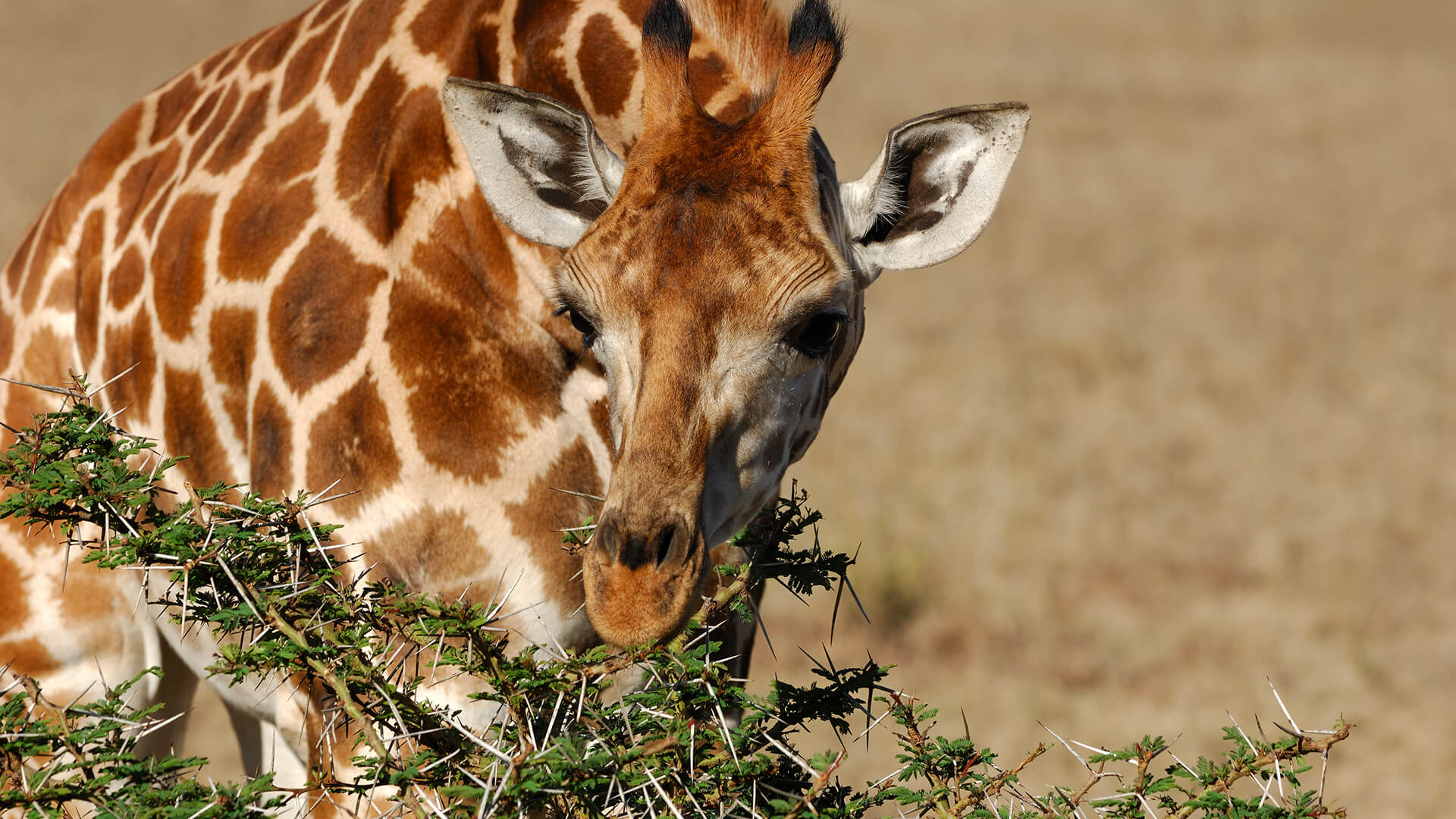

Latest News
What Animal Eats Trees
Modified: January 22, 2024
Discover the latest news on what animal eats trees in our comprehensive guide. Learn about the fascinating ecological interactions and the impact on forest ecosystems.
(Many of the links in this article redirect to a specific reviewed product. Your purchase of these products through affiliate links helps to generate commission for Chicagolandgardening.com, at no extra cost. Learn more)
Table of Contents
Introduction
Trees play a vital role in our ecosystem, providing us with oxygen, improving air quality, and offering habitat for countless organisms. However, these majestic giants, despite their significance, are not exempt from becoming food sources for various creatures in the animal kingdom. Just as humans have a diverse range of dietary preferences, so too do animals. Some animals have evolved to rely on trees as their primary food source, while others incorporate tree consumption into their diet alongside other food options.
In this article, we will explore the fascinating world of tree-eating animals. From herbivores with specialized digestive systems to carnivores using trees as hunting grounds, and even insects that utilize trees as a source of sustenance, we will delve into the diverse array of creatures that depend on trees for survival.
Understanding the complex relationships between animals and trees not only provides insight into the intricate web of life but also sheds light on the interconnectedness of different species within an ecosystem. So let’s embark on this educational journey to discover the animal kingdom’s tree-eating inhabitants.
Herbivorous Animals
Herbivorous animals are those that primarily feed on plants, including trees. They have evolved specialized digestive systems capable of breaking down the tough cellulose found in plants. One group of tree-eating herbivores is known as ungulates, which includes animals such as deer, moose, and giraffes.
Deer are often associated with grazing on grass, but they also consume foliage from trees. During the winter months when grass is scarce, deer turn to trees for sustenance. They use their sharp incisors to strip bark from the trunks and branches of trees, consuming the nutrient-rich cambium layer beneath.
Giraffes, with their long necks, are famous for browsing the leaves of trees, especially acacia trees. Their specialized tongue and lips allow them to wrap around branches to pluck off foliage, avoiding the thorns present on many trees. This unique adaptation enables giraffes to reach nutritious leaves at heights inaccessible to other herbivores.
Beavers, although primarily known for their dam-building skills, are also herbivorous animals that consume trees. They gnaw through the bark and wood of trees to obtain building materials for their dams. They prefer softwoods like willow and aspen, which are easier to chew through.
In tropical rainforests, howler monkeys are among the herbivorous animals that feed on tree foliage. They have a preference for young leaves and fruits, which are easier to digest. Howler monkeys use their prehensile tails and strong limbs to navigate through the canopy, reaching for food sources in the trees above.
Carnivorous Animals
While carnivorous animals are predominantly known for their consumption of meat, some species also exhibit tree-eating behaviors. These animals use trees as strategic vantage points for hunting or as a means to access prey that seeks refuge in the branches.
One such example is the leopard. Leopards are skilled climbers and are known to haul their prey, such as antelope or monkeys, up into the safety of trees. By doing so, leopards are able to protect their kill from scavengers on the ground and can leisurely feast on their catch at an elevated location.
Another carnivorous tree-eating animal is the python. These large constrictor snakes are capable climbers and can coil themselves around tree trunks or branches. They use this ability to ambush and capture birds and small mammals that roost or dwell among the branches. The tree provides both a hiding spot and a strategic position for the python to strike its unsuspecting prey.
Birds of prey, such as eagles and hawks, also demonstrate tree-eating tendencies. They possess sharp talons and strong beaks, which allow them to capture and devour a variety of prey, including small mammals and reptiles. After catching their prey, birds of prey may choose to consume their meal while perched on a tree branch, utilizing the height advantage to scan for potential threats or to keep their food secure.
Overall, these carnivorous animals have adapted their hunting strategies to incorporate trees into their feeding habits. By utilizing trees, they gain advantages such as safety, camouflage, and access to unsuspecting prey, showcasing the versatility and resourcefulness of nature’s hunters.
Omnivorous Animals
Omnivorous animals are those that have the ability to consume both plant matter and animal meat. They display a wide range of dietary flexibility and often incorporate tree consumption into their varied diets.
One prominent example of an omnivorous tree-eating animal is the black bear. Black bears have a diverse diet, including berries, nuts, insects, and occasionally small mammals. They are adept climbers and use their climbing skills to access tree canopies in search of fruits, nuts, or insect nests. Trees serve as a valuable food source for black bears, especially during seasons when other food options are limited.
Crows, known for their intelligence and adaptability, are omnivorous birds that also consume tree-related food sources. They have a varied diet ranging from insects to small mammals, but crows are also adept at foraging for nuts and fruits found in trees. Their sharp beaks allow them to crack open the tough shells of nuts, giving them access to the nutritious contents inside.
Raccoons are another notable example of omnivorous animals that exploit trees for sustenance. These clever and dexterous creatures have an opportunistic diet, feeding on fruits, nuts, insects, small vertebrates, and even bird eggs. Raccoons are skilled climbers and can easily navigate tree branches in search of food, making trees an essential part of their dietary repertoire.
Through their adaptable feeding habits, omnivorous animals demonstrate their ability to utilize trees as a valuable resource within their diverse diet. Their incorporation of tree-related foods showcases the importance of trees in providing sustenance for a wide range of species in the animal kingdom.
Insects and Invertebrates
When discussing tree-eating creatures, it’s essential not to overlook the significant role that insects and invertebrates play in this ecological dynamic. These tiny organisms can have a profound impact on trees and contribute to their decomposition, pollination, and nutrient cycling.
One group of insects that consumes trees in their larval stage is the wood-boring beetles. These beetles lay their eggs inside trees, and the larvae feed on the wood as they mature. This feeding behavior can cause damage to trees and, in some cases, lead to the decline or death of the host tree. While this may seem detrimental, it is a natural part of the ecosystem as it creates openings for other organisms to utilize the decomposing wood.
Caterpillars, the larval stage of butterflies and moths, are also tree eaters. They rely on the leaves of trees as their primary food source. While some caterpillars can defoliate trees, most species feed in moderation, allowing the tree to recover from the loss of foliage. Caterpillars play an important role in the pollination process, as many moth and butterfly species visit flowers while feeding on nectar, transferring pollen from one flower to another.
Ants are another group of insects closely associated with trees. While they do not consume trees directly, they contribute to tree health through their nest-building behavior. Ants excavate galleries within tree trunks, aiding in the circulation of air and water through the wood. Their activities also contribute to the decomposition of organic matter, assisting in nutrient cycling within the forest ecosystem.
In addition to insects, various invertebrates such as snails and slugs can also be tree eaters. These slow-moving creatures feed on the leaves, bark, and fruits of trees. While their feeding behavior may not be as influential as that of larger animals, they still contribute to the overall dynamics of tree consumption in the ecosystem.
Insects and invertebrates play a vital role in the ecological balance of tree consumption. While some species may cause harm to trees, many contribute to the health and growth of forests through their feeding and decomposing activities. Understanding the intricacies of these tiny creatures provides further insight into the complex relationships between trees and the animal kingdom.
Other Tree-Eating Creatures
In addition to the herbivores, carnivores, omnivores, and insects discussed earlier, there are some other fascinating creatures that demonstrate tree-eating behaviors. These animals have unique adaptations or behaviors that allow them to feed on trees or utilize trees for various purposes.
One such example is the tree-dwelling sloth. Sloths are known for their slow movement and spend most of their time hanging upside down from tree branches. They primarily feed on the leaves of specific tree species, utilizing their long, curved claws to grip onto branches while they leisurely consume the foliage. The specialized diet of sloths depends on their ability to digest and extract nutrients from the leaves efficiently.
Woodpeckers also have a close association with trees, using them as a food source and for nesting. These birds have strong beaks and long tongues that enable them to extract insects hidden within tree trunks and branches. By pecking at the wood, woodpeckers can locate and capture insects, larvae, and even tree sap, utilizing the tree as a source of sustenance.
Certain species of bats have also adapted to consume tree-related resources. Fruit bats, for example, feed on the nectar and fruits of trees, aiding in the process of pollination and seed dispersal. Some species of bats, like the hoary bat, even use tree foliage as camouflage during daytime roosting.
Lastly, we cannot overlook the influence of human activities on tree consumption. In some regions, trees are cut down or damaged by humans for timber, fuelwood, or land clearance. These actions disrupt the delicate balance of tree consumption in ecosystems, affecting the availability of tree-related food sources for the animal kingdom.
The diversity of creatures that rely on trees for sustenance or habitat showcases the ingenuity and adaptability of nature. From sloths and woodpeckers to certain species of bats, these tree-eating creatures demonstrate the intricate connections between animals and their arboreal environments.
Conclusion
Trees serve as vital resources for a wide range of creatures in the animal kingdom. From herbivores that rely on trees as their primary food source to carnivores that utilize trees for hunting and omnivorous animals that incorporate tree consumption into their varied diets, the diversity of tree-eating creatures is remarkable.
Insects and invertebrates also play significant roles in tree consumption, whether through wood-boring beetles that decompose trees, caterpillars that defoliate leaves, or ants that contribute to tree health through nest-building activities. Other unique tree-eating creatures, like sloths, woodpeckers, and certain bat species, have adapted specific behaviors or physical features to take advantage of the resources trees provide.
Understanding the interplay between trees and the animal kingdom helps us appreciate the intricate web of life and the interconnectedness of different species within ecosystems. However, it’s essential to recognize that human activities can disrupt these delicate relationships. Through deforestation and habitat destruction, we threaten the availability of tree-related food sources for animals, impacting their survival and overall biodiversity.
Preserving and protecting our forests and trees is critical for maintaining the balance of nature and ensuring the survival of the diverse array of tree-eating creatures. By recognizing the importance of trees and their significance in supporting animal life, we can work towards conservation efforts that benefit both the environment and the animal kingdom.
So let us appreciate the incredible adaptability and resourcefulness of the animals that depend on trees, and join hands in conserving these magnificent giants for generations to come.

